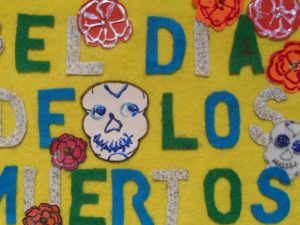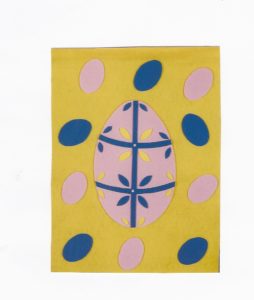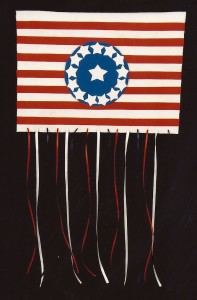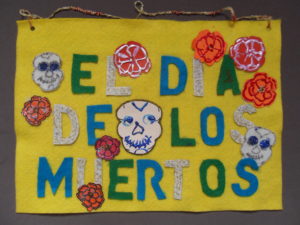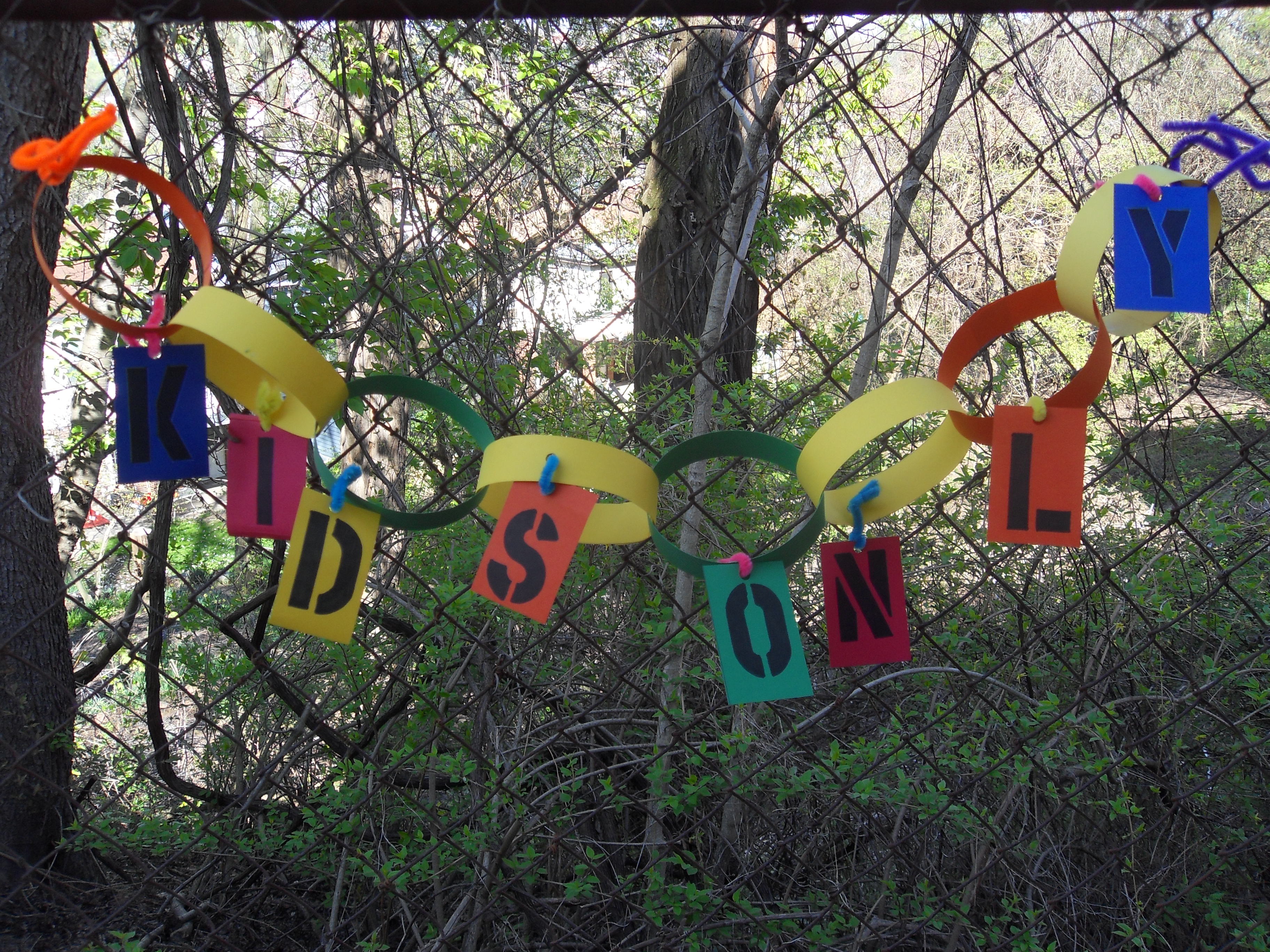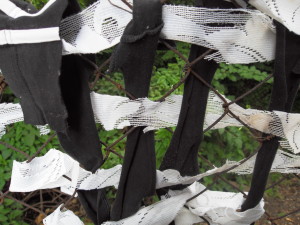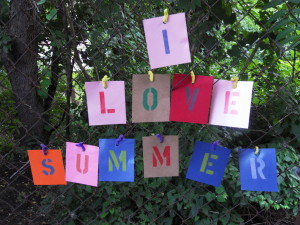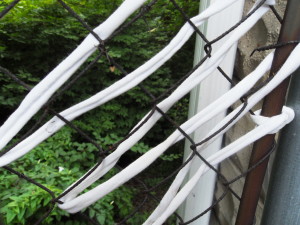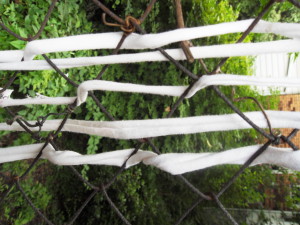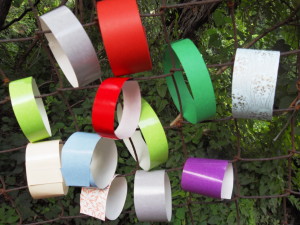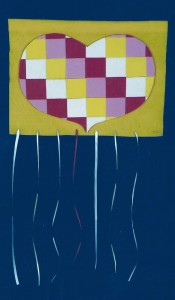
Joan of Arc
Joan of Arc grew up during a difficult time in French history. The Hundred Year’s War with England, which began in 1337 as a dispute over the French throne, destroyed the country’s economy. England occupied much of France and the part it didn’t occupy was frequently at war.
Joan was born in Domremy, France in 1412. She was one of five children. Her parents, Jacques D’Arc and Isabelle Romee, were peasants who owned a 50-acre farm. Her father was also a minor official who collected taxes and headed the local watch.
Life for Joan followed the same pattern as that of her parents and grandparents. The center of that life revolved around hard work, family and the Roman Catholic church. Society expected young women to marry but Joan had resisted her parents’ attempts to arrange a marriage for her when she was sixteen.
Joan was about twelve-years old when she started to hear voices. These voices instructed her to defeat the English army and crown Charles VII king. After the death of his father and four brothers, Charles, known as the Dauphin, became the uncrowned king of France. By this time Joan was sixteen. French tradition dictated that the King of France be crowned at the Cathedral of Reims but the English occupied Reims. Charles and his court, instead, lived in Chinon, located 226 miles away.
Joan asked her cousin, Durand Lassois, to escort her to nearby Vaucouleurs so she could ask the garrison commander, Count Robert de Baudricourt, for permission to visit the French court at Chinon. Single young women like Joan were not allowed to travel alone. The count said no. The next January, she had a second interview with Baudricourt where she made a remarkable prediction about a military victory in Orléans.
When news from the front confirmed her prediction, Baudricourt provided her with an escort to visit Chinon. She traveled through hostile territory in male disguise. When she arrived at the royal court she impressed Charles VII during a private meeting revealing something to him that no one else could know.
Charles granted Joan permission to travel with the army and wear the armor and carry the equipment that knights carried.
Her habits as a soldier were eccentric. Once she became a French soldier, Joan no longer wore dresses. She decided she was too young to marry and would stay a virgin, calling herself The Maid or Jehanne la Pucelle. On the battlefield, Joan ate very little food and her periods stopped.
Joan didn’t care that no one understood her because she had a single vision: to crown the Dauphin king of France.
Joan led the army at Orléans riding a white horse and carrying her personal banner decorated with the fleur-de-lis*. Joan never used her sword which she found at the shrine of St. Catherine, and didn’t wear a helmet. She hated killing and instead preferred to encourage the soldiers to fight hard.
The English army surrounded Orléans. The only way into the city was across the Loire River and through a gate in the wall of the fortress. Joan sustained a wound in Orléans but she stayed on the battle field. This act inspired the French army and after an all-out attack, Orléans was finally in French hands.
Joan tried unsuccessfully to persuade the Dauphin to go to Reims for his coronation as King of France. Hoping to influence him, Joan fought a series of battles around Reims which she won and he was finally persuaded. Charles wore gold robes to his coronation at the beautiful Cathedral as the crowds outside cheered. Joan stood next to him wearing her armor and carrying her banner.
But Joan’s work was not finished.
Joan asked the king permission to capture Paris next but King Charles preferred to negotiate a compromise with the English. Disheartened, Joan stopped listening to her voices. She lost one battle after the other even breaking the sword of St. Catherine.
The King again declared that he wanted to make a truce with England and disbanded the army. According to her voices, Joan only had a year to save France.
In the spring of 1430, Joan defiantly moved the fighting north. Joan marched on to Compeigne but the battle there did not go well. Her soldiers fled and enemy soldiers captured Joan.
The French people begged the King to pay for her ransom but Charles refused.
Her English captors charged Joan with the crimes of witchcraft and heresy, punishable by burning at the stake. The English moved Joan to a prison in Rouen, the center of English power in France. They shackled her and guarded her day and night.
Joan’s trial was held at the Great Justice Hall at Rouen. One of the 200 judges facing her questioned why she wore men’s clothing. Joan responded that it was for her safety, and that it was better if the soldiers didn’t think of her as a woman.
“Besides,” she added, “my voices commanded it.”
Another judge asked why saints would speak to an illiterate peasant girl. These voices must surely come from the devil. Joan insisted that they were heavenly because they brought her comfort and courage. The judges were furious at her stubbornness and threatened her with torture and death.
Joan eventually broke down under the pressure and confessed that her voices were from the devil. She expected her captors to free her if she signed the confession but was disheartened when she found out that her punishment would be life imprisonment. The soldiers shaved off her hair and forced her to wear a dress.
Her voices told her how wrong she had been to confess a lie. So Joan tore off her dress and put on the boys’ clothes that had been left in her cell. This action guaranteed that Joan would be burned at the stake. The head judge visited her in prison when he learned about what she had done. Joan admitted that she had signed the confession out of fear and that her voices really had been from God.
On May 30, 1431, ten thousand people watched in silence as the soldiers tied Joan to the stake. A kind English soldier gave her a crude cross made of two sticks which Joan stuck inside her dress. Then the fire was lit, quickly engulfing her. Joan called out, “Jesus! Jesus!” Nineteen-year-old Joan of Arc was dead within minutes.
After Joan’s death, the English began to lose ground on the battlefield and eventually, lost all their French possessions. Later, a guilt-ridden Charles sent for a copy of Joan’s trial. When he saw how one-sided it had been, he ordered a re-trial. The church cleared Joan of witchcraft and heresy.
In 1920, the Pope decreed Joan of Arc a saint of the Catholic Church.
* The fleur-de-lis or “flower of the lily” is a symbol used in heraldry.
* Don’t forget to do the art project below!
To learn more about Joan of Arc:
___________ Medieval World, Vol. 5 House and Home, Joan of Arc. Danbury, CT: Grolier, 2000
Bull, Angela, Joan of Arc. NY: Dorling Kindersley Publishing, Inc. 2000.
Fraioli, Deborah. A. Joan of Arc and the Hundred Years War. Westport, CT: Greenwood Press, 2005.
Spoto, Donald. Joan: the Mysterious Life of the Heretic who became a Saint. San Francisco: HarperSanFrancisco, 2007
Tompert, Ann. Joan of Arc: Heroine of France. Honesdale, PA: Boyds Mills Press, 2003.
ART PROJECT
JOAN OF ARC BANNER
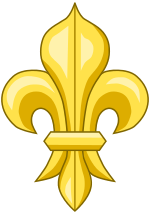
“I loved my banner forty times better than my sword.” Joan of Arc
Joan of Arc’s banner depicted a fleur-de-lis pattern. The standard was made of white boucassin which is a material similar to bucrum, and fringed in silk. The words “Jesus Maria” were written on it. Banners come in three shapes: banner, standard and pennon. Joan of Arc’s banner was a standard banner. Refer to the photographs below.
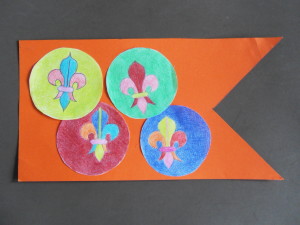
Banner with fleur de lis design
Materials:
Paper such as sketch paper, bond paper, watercolor paper (any size)
Watercolors
Water/container for water/soft bristle brushes
Colored pencils
Markers
Pastels
Dowel rod
1) Joan of Arc’s banner symbolized the fight of the French people for their country’s independence from British rule. Make your own banner design for your team, school, scout troop or club.
2) Utilize designs that symbolize your team, troop, etc. Go to a search engine like Google or Yahoo and research banner shapes. Decide if the banner will be a pennon, banner or standard and draw an outline first.
3) Draw the designs on the banner and color it using any combination of materials.
For more information on fleur-de-lis designs:
http://www.shutterstock.com/s/fleur-de-lis/search.html
http://www.canstockphoto.com/illustration/fleur-de-lis.html
http://www.sharefaith.com/category/fleur-d-lis.html
http://www.thegrahicsfairy.com/vintage-clip-art-feur-d-lis-3-options
Like this:
Like Loading...
